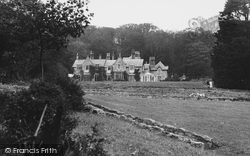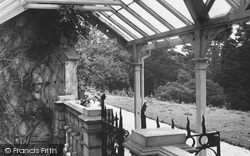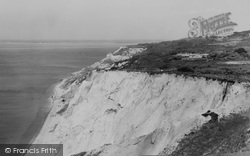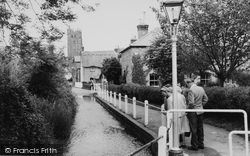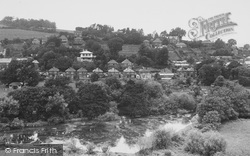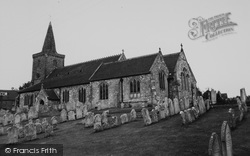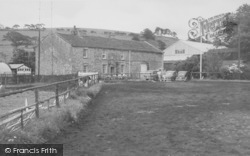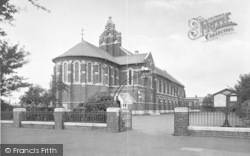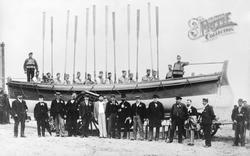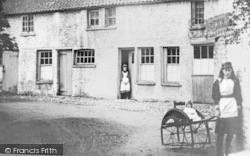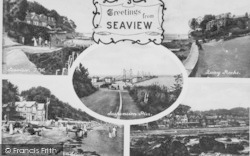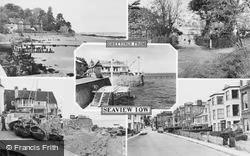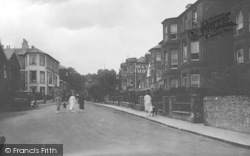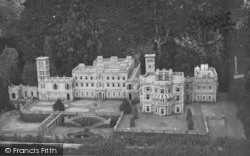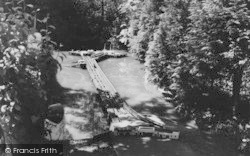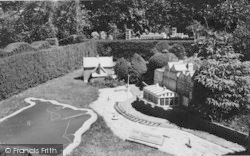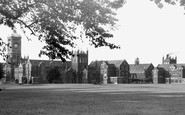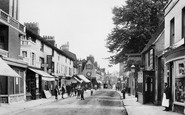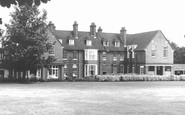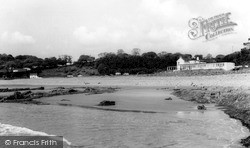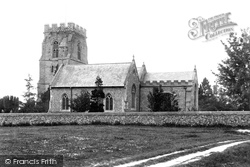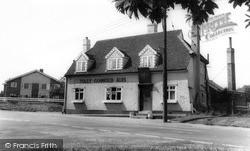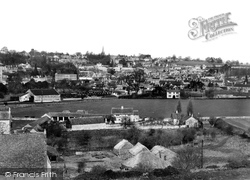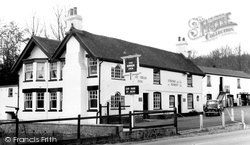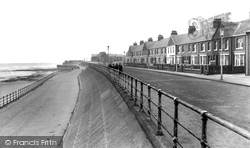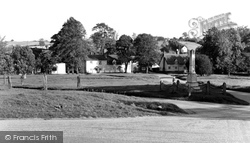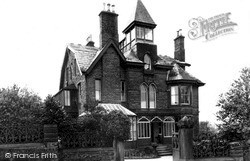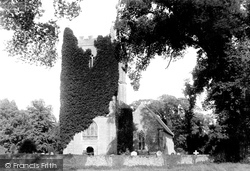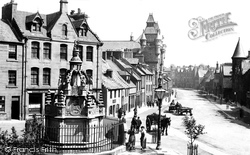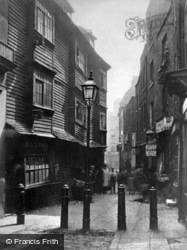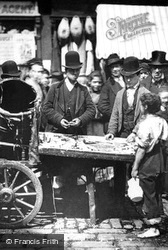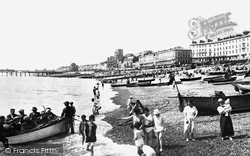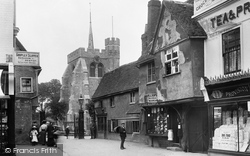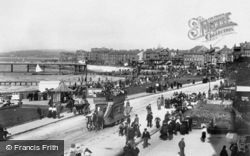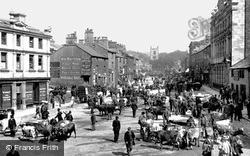Places
36 places found.
Those places high-lighted have photos. All locations may have maps, books and memories.
- Shanklin, Isle of Wight
- Ventnor, Isle of Wight
- Ryde, Isle of Wight
- Cowes, Isle of Wight
- Sandown, Isle of Wight
- Port of Ness, Western Isles
- London, Greater London
- Cambridge, Cambridgeshire
- Dublin, Republic of Ireland
- Killarney, Republic of Ireland
- Douglas, Isle of Man
- Plymouth, Devon
- Newport, Isle of Wight
- Southwold, Suffolk
- Bristol, Avon
- Lowestoft, Suffolk
- Cromer, Norfolk
- Edinburgh, Lothian
- Maldon, Essex
- Clacton-On-Sea, Essex
- Norwich, Norfolk
- Felixstowe, Suffolk
- Hitchin, Hertfordshire
- Stevenage, Hertfordshire
- Colchester, Essex
- Nottingham, Nottinghamshire
- Bedford, Bedfordshire
- Bury St Edmunds, Suffolk
- Aldeburgh, Suffolk
- St Albans, Hertfordshire
- Hunstanton, Norfolk
- Chelmsford, Essex
- Bishop's Stortford, Hertfordshire
- Peterborough, Cambridgeshire
- Brentwood, Essex
- Glengarriff, Republic of Ireland
Photos
9,106 photos found. Showing results 6,381 to 6,400.
Maps
181,006 maps found.
Books
11 books found. Showing results 7,657 to 11.
Memories
29,055 memories found. Showing results 3,191 to 3,200.
5 Uxbridge Road Ealing
My great great grandmother went here in 1901. Her name was Elizabeth Potter. I am trying to find out whether she was working for a family at this address or possibly if this was a boarding type house at the time. If anyone has any way of finding out, that would be much appreciated.
A memory of Ealing in 1900 by
Prefabs Alexander Avenue
I lived with my parents John and Rhoda Mcgonigle and my elder brother Joe at 1, Alexander Drive and remember the sweet shop. We used to live next door to Mr and Mrs Dale who had a daughter Pearl. My parents then ...Read more
A memory of Wishaw in 1960 by
Perivale
I worked at a textile mill called Sewing Silks in Perivale Avenue from 1957 to 1960, the compnay had been a German one until the Second World War when it was taken over by an Austrian manager whose son was an RAF ace I believe. It was one ...Read more
A memory of Perivale in 1957 by
Visiting My Inlaws
In 1953 I used to visit my in-laws who lived at 19 Rumbold Road, Fulham. I remember when we walked along Kings Road towards the football ground there was an antique shop that had an unusual armchair in the window. It was carved in ...Read more
A memory of Chelsea by
Coffee Shop In Duke Street
Does anyone remember the name of the coffee shop in Duke Street opposite the Golden Fleece, you could smell the coffee from miles away!
A memory of Chelmsford in 1969
Remember The Dukes
I played tenor sax with The Dukes in the late 1950s. They had a great line up: Tam Easton on drums, Bill Young on base guitar, Willie Finlayson on vocals, Alec Hutchinson on rhythm and the fabulous John Fairgreive on lead guitar. ...Read more
A memory of Bonnyrigg in 1956 by
Rowley Bristow Orthopaedic Hospital 1970
I became a Student Nurse, training for the Orthopaedic Nursing Certificate at The Rowley Bristow Orthopaedic Hospital, on the day before my 17th birthday in January 1970. The hospital was divided into two ...Read more
A memory of Pyrford by
Two Of The Dukes Lived In Bonnyrigg
I played tenor sax with The Dukes in the late 1950s. Tom Easton played drums, Bill Young played bass guitar, Alec Hutchieson rhythm guitar and the fabulous John Fairgreive lead guitar with Willie Findleyson ...Read more
A memory of Bonnyrigg in 1956 by
I Lived There
I was born in Diss but now live in Kilmarnock, if my memory serves me well, down Mount Street, where my granny on my mother's side lived. We, me and my brother, used to visit our cousins who lived beside gran and play in The Rectory ...Read more
A memory of Diss in 1966 by
Your search returned a large number of results. Please try to refine your search further.
Captions
29,158 captions found. Showing results 7,657 to 7,680.
Steamers discharge their cargo by way of chutes into dumb barges. In the centre of the picture is a Humber keel, sporting the traditional rig of a single square lug sail.
This settlement probably got its name from Andrew Wysmon, a tenant knight at the time of Edward II's reign.
The south aisle was added in 1870 in memory of the Rev E Hogg.
This pub is named after the Woodwose, or wild man of the woods. He is usually shown as he is on the sign here - bearded, hairy and carrying a club.
The hay ricks and the milking sheds (skillins) remind us of another time. The County Council bought the land in the 1970s for development into the Country Park.
The village overlooks the often windswept Rhosili Bay on the western edge of the Gower Peninsula. Tradition has it that the village is named after St Fili, who was possibly a son of St Cenydd.
Stoneycroft was part of the new town development, and work started in 1952.
The owners of these parked cars must be shopping. The first building on the left was Barclays Bank; today it is still Barclays, but it has had a fresh lick of paint.
The Swan Inn is south of Lyndhurst. A turning to the A35 is opposite it, and here we find Leominstead Lakes, where trout fishing is available daily.
Most of the buildings in St Mary Bourne are built of brick and flint. The church of St Peter stands in the village.
This attractive terrace of houses lies close to the sea on the north side of the Headland, which is beyond the buildings in the centre distance.
To the right of the picture are the Hall, now the Crown Inn, and the church. Behind the war memorial is Church House, the former Guildhall.
Situated on the corner of Queen's Road and Westwood Drive, this guest house was also a victim of changing times.
The village overlooks the often windswept Rhosili Bay on the western edge of the Gower Peninsula. Tradition has it that the village is named after St Fili, who was possibly a son of St Cenydd.
The church of St Mary was burnt down in 1914 and rebuilt by W Fellowes Prynne. What remained of the old building was the brick west tower dating back to around 1635.
This well, with its thirteen water jets, is a reconstruction of an earlier one destroyed by Oliver Cromwell's troops. On 23 January 1570, Regent Moray was shot as he rode through Linlithgow.
Holt, between Fakenham and Cromer, boasts a wealth of fine Georgian houses, which huddle haphazardly around its broad market place. It was rebuilt all of a piece after a devastating fire in 1708.
Close by St John's Gate is this narrow alley of tall tile-hung shops and houses, which lean precariously over so that residents might almost stretch out and shake hands from their windows.
It looks as if they have almost cleared their tray. A young boy pauses on his way to buy a jug of beer.
Hastings has suffered very much in recent years, now that the boom holiday period of the 1920s to the late 1950s has ended. Many of the seafront houses are in serious decay.
The 12th-century tower and spire of St Mary's Church viewed from the Market Place, a symbol of the mediaeval prosperity brought to this little town from wool-trading.
Holt, between Fakenham and Cromer, boasts a wealth of fine Georgian houses, which huddle haphazardly around its broad market place. It was rebuilt all of a piece after a devastating fire in 1708.
A Victorian guidebook, published in 1895, described Morecambe thus: 'Morecambe is much frequented by trippers from the busy towns of Lancashire and Yorkshire, for whose recreation are provided abundant
In the distance is the tower of Holy Trinity Church.
Places (6814)
Photos (9106)
Memories (29055)
Books (11)
Maps (181006)




